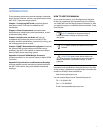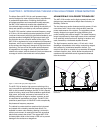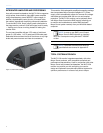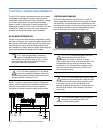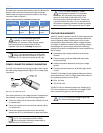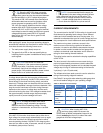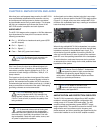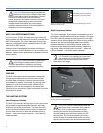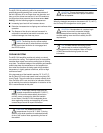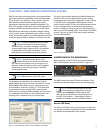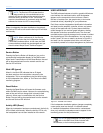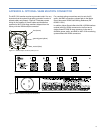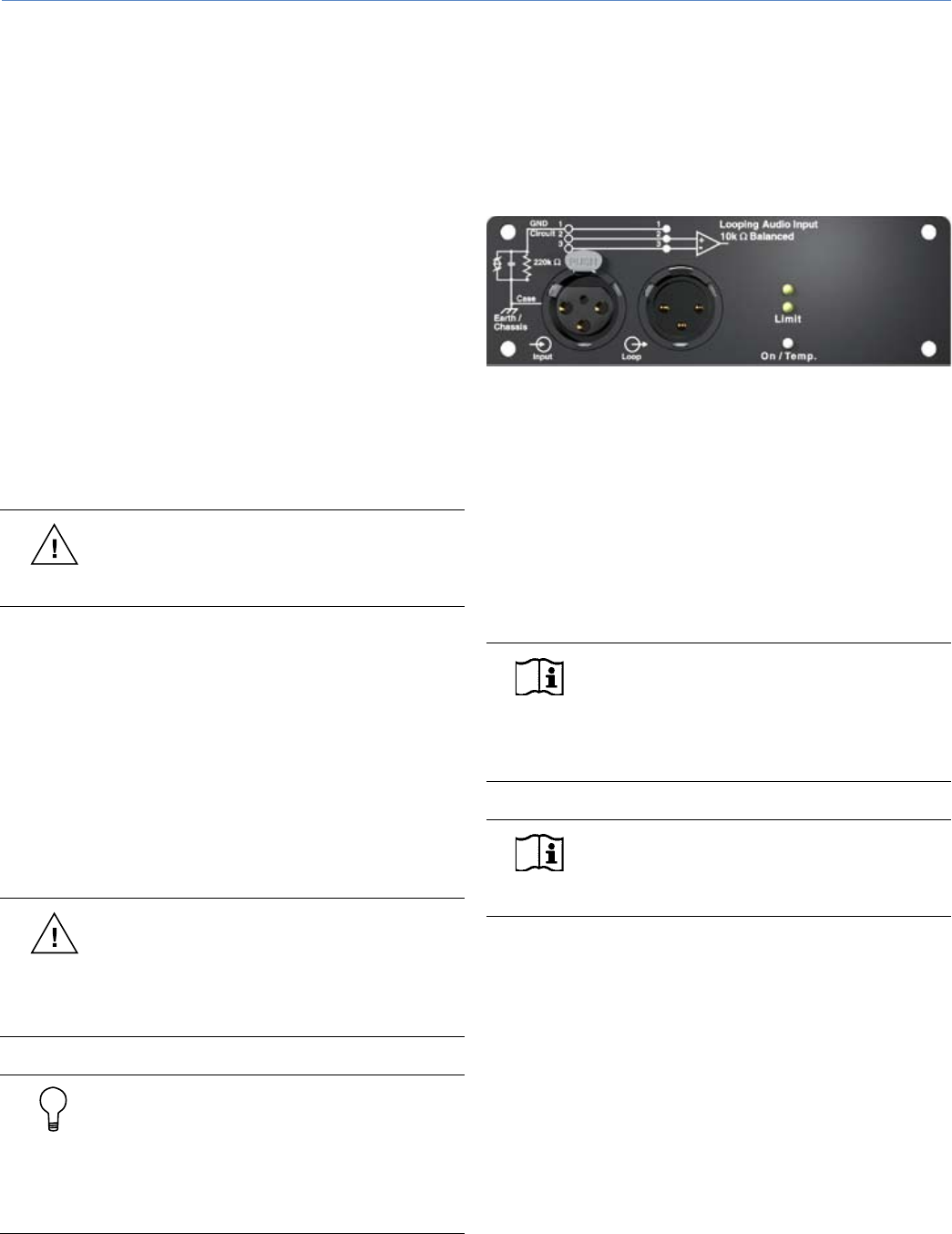
9
CHAPTER 3
More than just a self-powered stage monitor, the MJF-212A
uses sophisticated amplification and protection circuitry
and an advanced limiting system to produce consistent
and predictable results in any system design. This chapter
will help you understand and harness the power of the
MJF-212A monitor’s amplifier and audio systems.
AUDIO INPUT
The MJF-212A stage monitor presents a 10 kOhm balanced
input impedance to a three-pin XLR connector with the
following connections:
Pin 1 — 220 kOhm to chassis and earth ground (ESD
and RF clamped)
Pin 2 — Signal ( + )
Pin 3 — Signal ( - )
Case — Earth (AC) ground and chassis
CAUTION: Shorting an input connector pin
to the case can form a ground loop and
cause hum.
Pins 2 and 3 carry the input as a differential signal; pin
2 is hot relative to pin 3, resulting in a positive pressure
wave when a positive signal is applied to pin 2. Pin 1 is
connected to earth through a 220 kOhm, 1000 pF, 15 V
clamp network.
This ingenious circuit provides virtual ground lift at audio
frequencies, while allowing unwanted signals to bleed to
ground. Use standard audio cables with XLR connectors
for balanced signal sources. Make sure that pin 1 (shield) is
always connected on both ends of the cable. Telescoping
grounding schemes are not recommended.
CAUTION: Make sure that all cabling
carrying signals to MJF-212A monitors in a
looped system is wired correctly: Pin 1 to Pin 1, Pin
2 to Pin 2, and so forth, to prevent the polarity from
being reversed.
TIP: If abnormal noises such as hissing and
popping are produced by the loudspeaker,
disconnect the audio cable from the loudspeaker. If
the noise stops, most likely the problem is not with
the loudspeaker. Check the audio cable, source, and
AC power to pinpoint the problem.
Audio signals can be daisy-chained using the Loop output
connector on the user panel of the MJF-212A stage monitor
(Figure 3.1). A single source can drive multiple MJF-212A
monitors with a paralleled input loop, creating an unbuffered
hard-wired loop connection.
Figure 3.1. Side panel audio input connectors
When driving multiple MJF-212A loudspeakers in a system,
make certain that the source device can drive the total load
impedance required by the paralleled input circuit. The
source device must be capable of producing 20 dBV (10
volts rms into 600 ohms) in order to produce the maximum
peak SPL over the operating bandwidth of the loudspeaker.
To avoid distortion, make sure the source device provides
an adequate drive circuit design for the total paralleled load
impedance of the system.
NOTE: Meyer Sound’s Galileo™ loudspeaker
management system is highly recommended.
In addition to maintaining signal integrity for long
cable paths, it offers independent outputs and filters
to help you optimize performance.
NOTE: For details on the MJF-212A
monitor’s audio input characteristics and
amplification, see Appendix B.
AMPLIFICATION AND PROTECTION CIRCUITRY
The MJF-212A is powered by Meyer Sound MJF amplifier
modules in a three-channel amplifier configuration with
a total power of 1275 watts (2550 watts peak). The MJF
amplifier utilizes complementary-power MOSFET output
stages (class AB/H). The specific functions for the MJF-212A
stage monitor such as crossover point, frequency and
phase response, and driver protection are determined by the
control card installed in one of the MJF amplifier modules.
CHAPTER 3: AMPLIFICATION AND AUDIO



